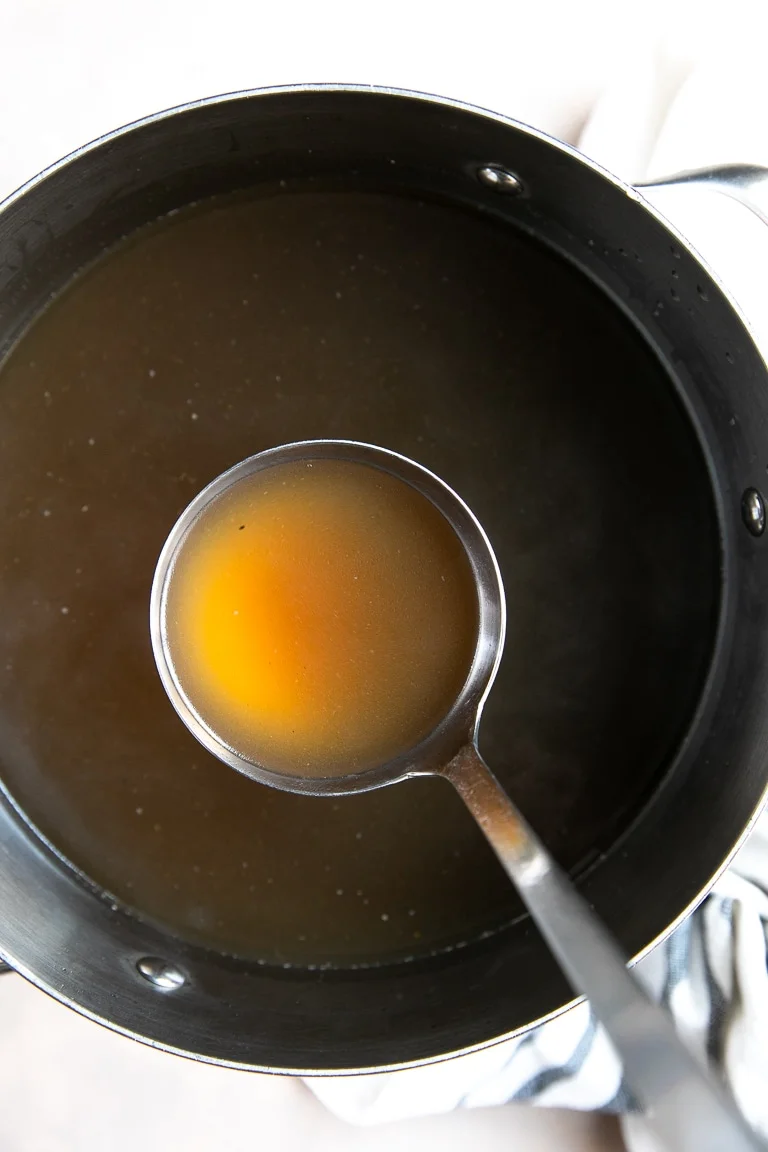Bone Broth, made from the bones of animals, has been consumed as a source of nourishment for humankind throughout the ages. It is a traditional remedy across cultures for the sick and weak. A classic folk treatment for colds and flu, it has also been used historically for ailments that affect connective tissues such as the gastrointestinal tract, the joints, the skin, the lungs, the muscles and the blood. Broth is a valuable food and a valuable medicine.
Nutritional Contents
Broth will contain the ingredients that are in bone and cartilage. It is the valuable nutrients from the matrixes of bone and cartilage, which create the substance called broth. These nutrients include:
protein
calcium
phosphorus
magnesium
sulfur
fluoride
sodium
potassium
chondroitin
sulfate
keratin
sulfate
hyaluronic acid
glycine
proline
hydroxyproline
lysine
hydroxylysine
Minerals
Minerals have three major functions in the body. They provide a structural base for connective tissue like bone. They create electrical potentials allowing for conduction of nerve signals and movement across cell membranes. They act as catalysts for enzymes in physiologic processes.
Minerals are essential to life but they are not easy to digest. In the stomach, the presence of hydrochloric acid is necessary to physically break down our food, but also to extract elemental minerals from the food that we've eaten. A similar reaction takes place in the making of broth. An acid is necessary to remove the minerals from the bone. This is the purpose of using vinegar (acetic acid) when making broth.
Deficiencies of minerals can be acquired, similar to vitamin deficiencies. Generally there are two ways this can happen, lack of intake in the diet, or lack of absorption in the intestines. Broth can be an excellent remedy for both of these causes of mineral deficiency because it provides easily absorbed extracted minerals, plus promotes healing of the intestinal tract.
Unlike vitamins, minerals do not have defining deficiency diseases, but rather a collection of associated deficiency signs, symptoms and diseases. Interestingly, many of the deficiency symptoms of minerals are mood and behavior disturbances. This offers a scientific explanation for broth's ability to soothe and stabilize. It is reasonable to assume that previous to the development of pharmaceutical mineral supplements, bone broth was an important supply of minerals, especially in the winter when fresh fruit and vegetables are less available, and warm food is preferred.
Method for Making Bone Broth
Stock needs to be prepared in advance to mealtime. It needs to boil for hours, and the longer it simmers, the better it gets. An easy solution is to routinely put meat scraps into a pot, instead of the garbage can. Broth can just as easily be extracted from a single chicken breast bone as it can from a whole chicken, and it need not be raw. Broth can be allowed to simmer on lowest heat for a day or two. The greatest amount of work is at the end, when it must be strained, cooled, and put into containers; still not very troublesome. It can be kept in the refrigerator for about five days, or frozen for months. With stock on hand, homemade soup can be ready for dinner within 20 minutes.
Basic Broth Making and Usage
INGREDIENTS
1. Bones—from poultry, fish, shellfish, beef, lamb*
cooked remnants of a previous meal, with or without skin and meat
raw bones, with or without skin and meat**
use a whole carcass or just parts (good choices include feet, ribs, necks and knuckles)don't forget shellfish shells, whole
fish carcasses (with heads) or small dried shrimp
The Best Recipe cookbook suggest that chicken bones have a higher concentration of red marrow, and that this considerably enhances flavor.
2. Water—start with cold water
enough to just cover the bones
or 2 cups water per 1 pound bones
3. Vinegar—apple cider, red or white wine, rice, balsamic
a splash
2 tablespoons per 1 quart water or 2 pounds bones
lemon juice may be substituted for vinegar (citric acid instead of acetic acid)
4. Vegetables (optional)—peelings and scraps like ends, tops and skins or entire vegetable
celery, carrots, onions, garlic and parsley are the most traditionally used, but any will do
if added towards the end of cooking, mineral content will be higher
Bone Broth Recipe
Combine bones, water and vinegar in a pot, Let stand for 30 minutes to 1 hour. Bring to a simmer, remove any scum that has risen to the top, reduce heat and simmer (6–48 hrs for chicken, 12–72 hrs for beef).
To reduce cooking time, you may smash or cut bones into small pieces first. If desired, add vegetables in last 1⁄2 hour of cooking (or at any point as convenience dictates). Strain through a colander or sieve, lined with cheesecloth for a clearer broth.
Discard the bones. If uncooked meat was used to start with, reserve the meat for soup or salads.
An easy way to cook broth is to use a crockpot on low setting. After putting the ingredients into the pot and turning it on, you can just walk away. If you forget to skim the impurities off, it's ok, it just tastes better if you do.
If you wish to remove the fat for use in gravy, use a gravy separator while the broth is warm, or skim the fat off the top once refrigerated.
Cold broth will gel when sufficient gelatin is present. Broth may be frozen for months or kept in the refrigerator for about 5 days.

